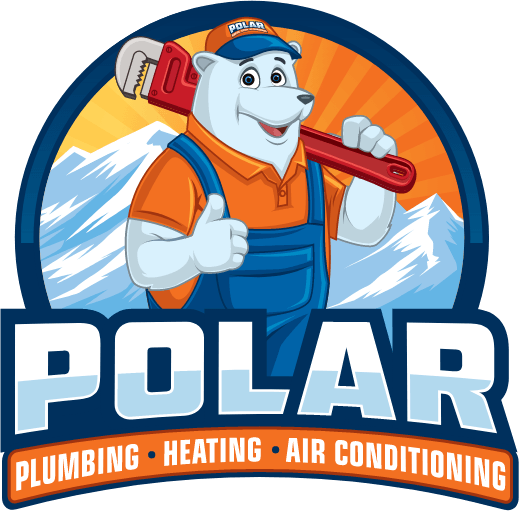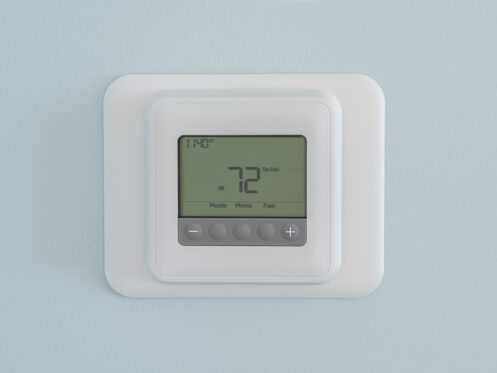When the summer temperatures in Newburgh, NY, soar, your air conditioner could be all that stands between you and a heat-related illness. By diligently maintaining your AC and priming it for the challenges of the summer, you can keep the interior of your home safe, habitable, and comfortable. The following are eight HVAC tips to help you stay cool when the outside air is downright sweltering.
1. Give Your AC Condenser a Little Shade
During the summer months, your air conditioner’s outside condenser unit can take quite a beating from the sun. Typically located in back or side yards, these components may be exposed to direct sunlight and massive amounts of solar heat for several hours each day. Keeping your AC condenser shaded will make it easier for your air conditioner to provide cool air even when the outside temperature is at its highest.
If your air conditioner isn’t protected from direct sunlight by a nearby tree or a tall boundary fence with an overhang, consider having a small shelter built for it. When installing this protective covering, make sure that your AC condenser still has at least two feet of clearance on all sides. If you need help crafting an effective shelter without compromising airflow, you can speak with one of our technicians for guidance.
2. Schedule Annual Air Conditioner Maintenance
HVAC equipment tends to work best when it’s regularly serviced. Routine filter changes and light cleaning around the AC condenser are things that you can handle yourself. However, your air conditioner should be tuned up by a professional at least once each year. Not only will this ensure optimum cooling performance, but it will also keep you compliant with the terms of all relevant manufacturer warranties, home warranties, and home insurance plans.
During annual AC maintenance, we thoroughly test and clean residential cooling systems. We replace all worn and damaged parts, and we carefully calibrate all thermostats. These visits are also an opportunity for our team to identify minor AC issues and resolve them early on.
3. Eliminate Airflow Obstructions
Before turning your air conditioner on, check all of the HVAC air vents throughout the building. All of these features should be in an open position. While temporarily closing HVAC air vents in select areas might seem like a good way to customize the flow of cooled air, it actually places tremendous stress on cooling systems by increasing static pressure within HVAC ducting. If you want zoned heating and cooling in your home, you should schedule an appointment with a licensed HVAC company.
When checking your HVAC air vents, look for a buildup of thick, lint-like material. This is accumulated dirt, pollen, dander, and hair that has either bypassed your HVAC air filter, blown off of it, or entered your HVAC system in other ways. Use a clean, damp cloth to wipe the exterior of your air vents. Then, if needed, use a screwdriver to remove your vent covers and gently vacuum behind them. This is a task that you should complete once a year. For a more thorough cleaning of your HVAC air vents and your air ducts, schedule a professional duct cleaning service every two to four years.
4. Stay on Top of AC Filter Changes
In central cooling systems, air filters should be inspected once each month and changed once every one to three months. How often your filter needs to be changed depends on the quality of your indoor air, how frequently you use your HVAC system, and the size of your household. For instance, if you have one or more indoor pets, you might want to change your filter every three to four weeks.
Dirty air filters inhibit airflow throughout the entire cooling system. Operating your air conditioner with a dirty filter forces it to work harder, increases energy use, and creates a noticeable rise in home energy costs. It can also diminish the lifespan of your cooling equipment and result in increased indoor humidity.
5. Let Your Ceiling Fans Help
If you have ceiling fans, don’t make your air conditioner battle the summertime heat on its own. Setting your ceiling fans to rotate counterclockwise in the warmer months will push a cooling breeze down. Although ceiling fans can’t lower your indoor temperature, they can make building residents feel much cooler.
6. Make Sure That Your Thermostat Is in a Good Location
If your thermostat is in a bad location, you may find that your air conditioner frequently kicks into action even though the interior of your home is already cool. If you have a single thermostat, it should be in a central location, away from direct sunlight and from heat-generating appliances like your oven. It’s also important to note that having your thermostat installed too close to a cold, drafty basement or other drafty area can keep your air conditioner from turning on when you need it.
Thermostats typically last about 10 years. If you haven’t had your thermostat assessed in a while or if it is nearing the end of its lifespan, give us a call. We’ll help you find the perfect smart or programmable thermostat for your budget. We’ll also install it in an area that allows for optimal performance.
7. Establish a Comfortable Temperature Setting Schedule and Maintain It
It’s a good idea to establish a reasonable thermostat setting at the start of the cooling season and maintain it as your primary setting all summer. During the nighttime hours and while you’re away from home, you can raise your thermostat by just a few degrees to cut your energy costs.
You can set a programmable thermostat to make these short-term changes for you. This way, your air conditioner will turn on shortly before you arrive and just before you wake up. It will turn back on or adjust its performance after everyone has left for the day and just as residents are going to bed. Smart thermostats work much the same way. However, they’re also learning devices. These units constantly collect information about residents’ schedules and habits, and they become increasingly capable of adjusting their own settings accordingly.
8. Seal Up Your Home
One of the best things that you can do for your air conditioner and for your indoor comfort this summer is to seal up any cracks and gaps that are present around windows, doors, the foundation, etc. Even a highly efficient AC will struggle to create and maintain reasonable indoor conditions if much of the cooled air that it produces escapes. If you haven’t already done so, seal up any gaps or cracks along your windows and doors, and use caulking or another sealant to close up any holes in building materials. You can also add more insulation to your home, replace your current insulation with materials that have higher R values, and invest in heat- and light-blocking window treatments.
We work hard to help residents of Newburgh, NY, save money. We offer an expansive range of heating, cooling, and plumbing services. We also provide humidifiers, dehumidifiers, indoor air quality solutions, and preventative maintenance plans. To schedule AC service for your home, get in touch with Polar Plumbing, Heating & Air Conditioning today.

